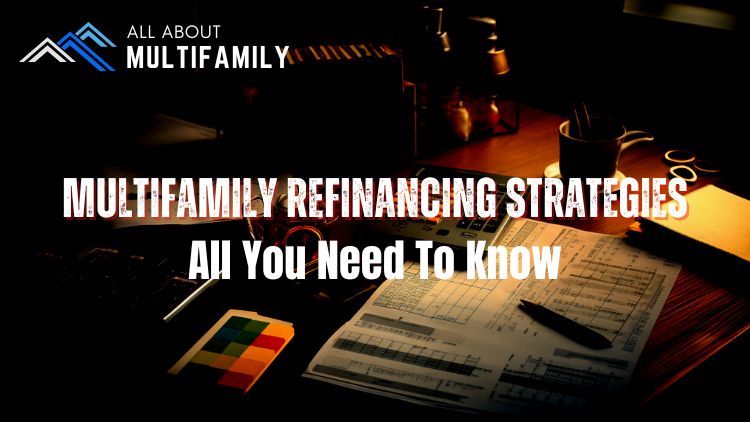Calculating the Return on Investment (ROI) when selling your multifamily property involves a series of specific steps to provide you with a clear financial perspective. Here’s a comprehensive guide to help you navigate through the process:
Step 1: Gather Investment Data
Collect all the relevant data related to your investment in the property:
- Purchase Price: The initial amount you paid for acquiring the property.
- Improvement Costs: Any expenses incurred for property renovations, upgrades, or maintenance during your ownership.
- Operating Expenses: Include costs such as property management fees, maintenance, utilities, insurance, and property taxes.
Step 2: Estimate Current Property Value
Before proceeding, determine the estimated current market value of your multifamily property:
- Appraisal: Hire a professional appraiser to evaluate the property’s current value based on its condition, location, and recent market trends.
- Comparative Market Analysis (CMA): Consult with a real estate agent to receive a CMA that compares your property with similar recently sold properties in the area.
Step 3: Calculate Gross Profit
Calculate the gross profit by subtracting your initial investment and improvement costs from the estimated property value:
Gross Profit = Estimated Property Value – (Purchase Price + Improvement Costs)
Step 4: Consider Selling Costs
Factor in the expenses associated with the property’s sale:
- Real Estate Agent Fees: Generally a percentage of the final sale price.
- Closing Costs: These include various expenses like title insurance, transfer taxes, and legal fees.
Step 5: Calculate Net Profit
Determine the net profit by subtracting selling costs from the previously calculated gross profit:
Net Profit = Gross Profit – Selling Costs
Step 6: Calculate ROI
Calculate the ROI as a percentage of your net profit relative to your initial investment:
ROI (%) = (Net Profit / Initial Investment) × 100
Step 7: Incorporate Holding Costs (Optional)
For a more comprehensive view, consider any holding costs incurred over the ownership period, such as mortgage payments, property taxes, and maintenance expenses. Subtract these from the net profit before proceeding to calculate ROI.
Step 8: Analyze Market Conditions
While the calculated ROI offers valuable insights, market conditions are also crucial. Assess current property demand, interest rates, and overall economic trends to contextualize your ROI calculation.
Step 9: Evaluate Alternative Investments
Compare the projected ROI from selling your multifamily property with potential alternative investments. This assessment will help you gauge whether selling aligns with your broader investment goals.
Step 10: Seek Professional Advice
Engage with real estate professionals and financial advisors who can provide expert insights into market trends and offer guidance tailored to your unique circumstances.
Conclusion
Calculating the ROI when selling your multifamily property is a systematic process that involves collecting accurate investment data, estimating property value, factoring in selling costs, and evaluating potential alternatives. This calculated ROI, coupled with a thorough analysis of market conditions and professional advice, empowers you to make an informed decision that aligns with your investment objectives. Remember, ROI is an essential tool, but it’s most impactful when considered within the broader context of your investment strategy and the current real estate landscape.













































![An In-Depth Look at Jake and Gino's Coaching Program [A Review]](https://allaboutmultifamilyinvesting.com/wp-content/uploads/2023/10/AAM-BMP-Blog-Covers-750-×-422px-6.jpg)


![Email Marketing Tips for Multifamily Real Estate Syndicators to Raise Capital [Templates included]](https://allaboutmultifamilyinvesting.com/wp-content/uploads/2023/09/AAM-BMP-Blog-Covers-750-×-422px-4.jpg)






![The Richest Kids In America [Book Review]](https://allaboutmultifamilyinvesting.com/wp-content/uploads/2023/09/AAM-BMP-Blog-Covers-750-×-422px-84.jpg)
















